For what it's worth, if you're looking to differentiate by example name, and you have different descriptions for your examples, I'd suggest considering using separate scenarios instead of a scenario outline. It's OK to repeat scenarios, even if they seem familiar, as long as they tell you something distinct enough that you'd want to be able to read it separately.
Imagine, instead:
Scenario: Example Description 1
Given I am a user
When I enter 3 as an amount
Then the result should be 3
Scenario: Example Description 2
Given I am a user
When I enter 1 as an amount
Then the result should be 1
If those two scenarios are different enough, then there's no need to do a scenario outline just to read them differently; it's OK to repeat them. If they're just data points for the same example, they likely don't warrant their own description as part of the data point -- or, the scenario itself could be re-written to make such a description less necessary.
If you're looking to better surface these for non-coder consumption, you could also go the route of SpecFlow's LivingDoc (there's also a tool called Pickles that works similarly):
- Run
dotnet tool install --global SpecFlow.Plus.LivingDoc.CLI to install the CLI
cd to your specs folder- Run
livingdoc feature-folder .
This will generate an HTML file that will show you the specs, the steps, and will allow folks to toggle the data for a given scenario outline on and off, or to select a given run from a scenario outline and see the data used.
